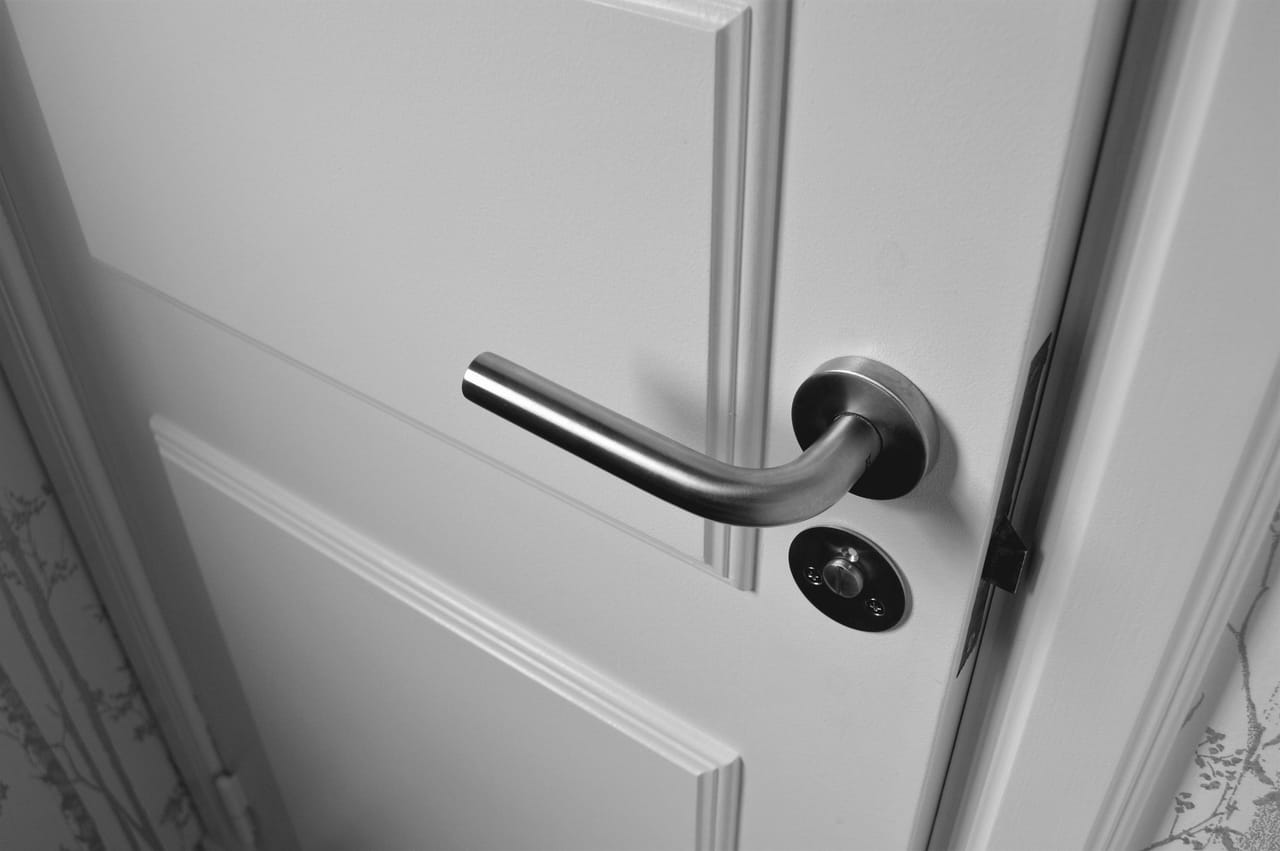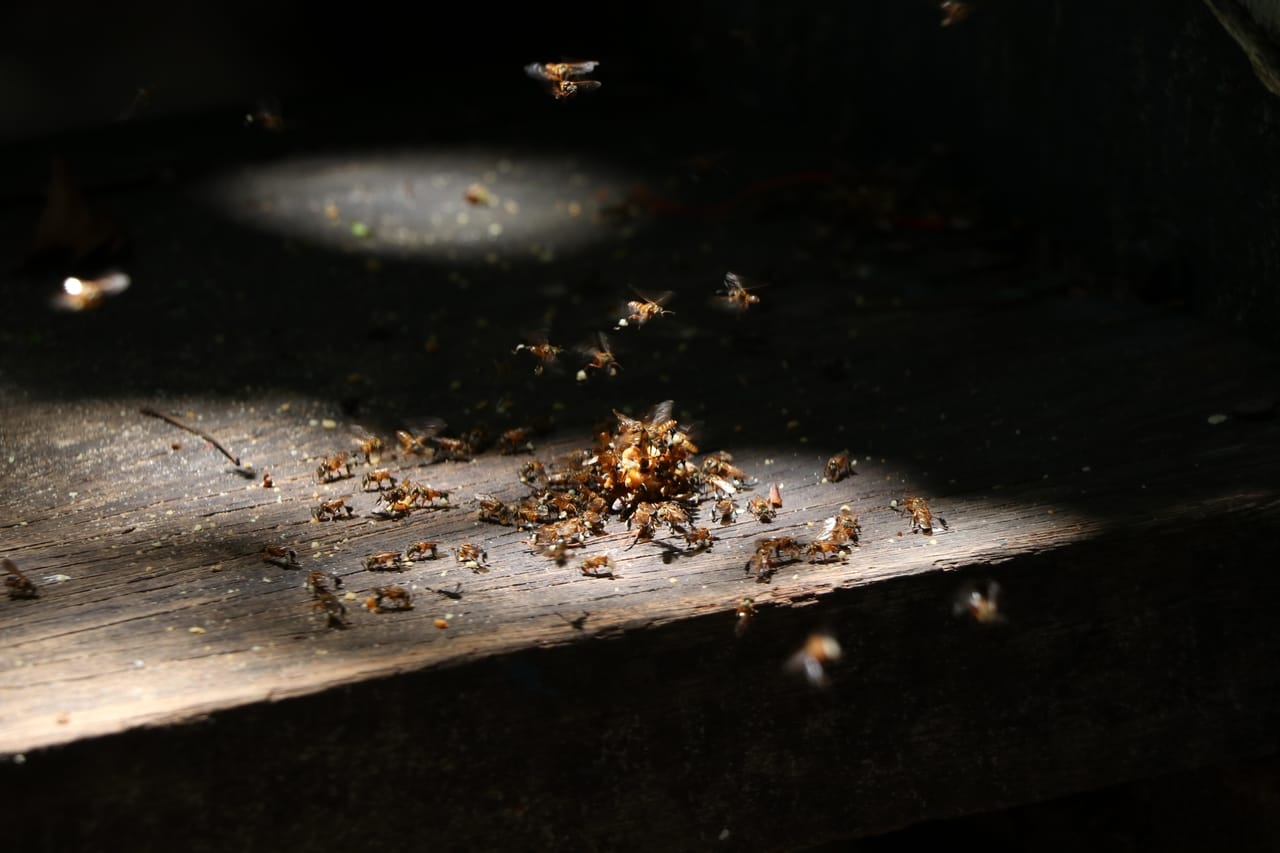Termites cause billions of dollars in damage every year to homes throughout the United States. The real question is, how do they even get in? Here’s what you need to know about why termites enter your home, how they get in, and what you can do to prevent them.
Why are termites coming into my home?
Like other living beings, termites need a few things to survive. In all likelihood, your home is providing one or more of the following, and if it’s within easy access, termites will find it. Consequently, your house can become an all-inclusive resort for termites.
Food
Termites and other wood-destroying insects feed on cellulose. Unfortunately, many of the materials found in your home contain cellulose. Termites will snack on anything from flooring and insulation to support beams and furniture.
Water
Termites prefer to work and live in damp conditions. Improperly vented basements and crawlspaces can allow moisture to collect and create the ideal environment for termite colonies.
Shelter
Your home’s controlled temperature and protection from the elements make it a perfect nesting ground for termites. Add in the lack of predators, and your home may as well be a termite sanctuary.
Have a pest problem? We can help!
How can termites get into my home?
Even if your home seems like an impenetrable fortress, there are ways for termites to enter that may go undetected. Here are a few ways termites can get into your home.
Mud Tubes
Subterranean termites will follow their underground foraging tunnels to your home. Once they’ve arrived, they’ll enter the home through any cracks, gaps, or openings in your foundation and begin constructing their mud tubes within your home. These pencil-sized raised tunnels are an early sign of infestation.
Wood-to-Ground Contact
Termites commonly enter the home through an area of wood-to-ground contact. This could be via doorframes, deck posts, or porch steps. They may also find their way to your home after making a pit stop in a nearby rotting tree.
Exterior Cracks
Termites are relatively small and can fit through even minor cracks and entry points. Drywood termites can easily enter through vents that aren’t screened, or even through improperly sealed door and window surrounds.
What can I do to keep termites out of my home?
If you’re struggling with a termite problem, your first step should be to contact your local pest control professional. Here are a few things you can do as a homeowner to deter termites from entering your home.
- Eliminate exterior access points by sealing cracks, vents, and gaps
- Reduce termite food sources by recycling or disposing of cellulose materials
- Address moisture problems promptly
- Monitor for termite activity
- Enroll in a preventive pest control program
If you’re fighting a losing battle against termites, contact Springer in Des Moines. Our team of pest control professionals can help you identify your problem, eliminate the infestation, and prevent future outbreaks. For homeowners who haven’t yet had to grapple with these unwanted house guests, preventive pest control can be an effective way to keep termites out before they cause any trouble. Set up your free inspection today!




